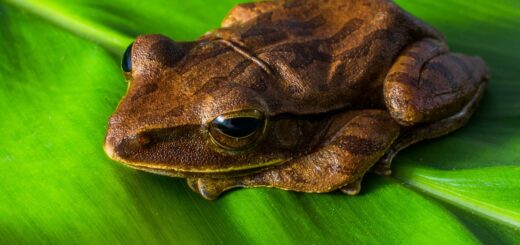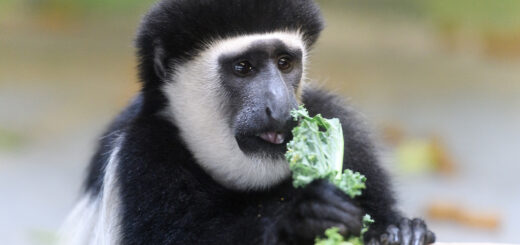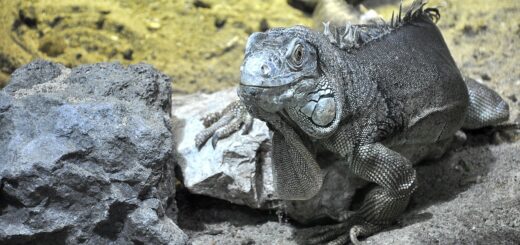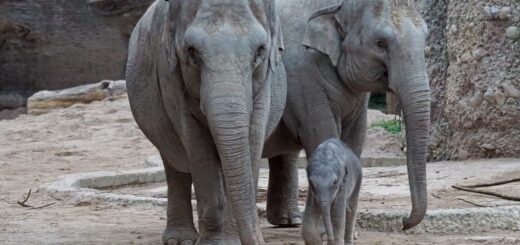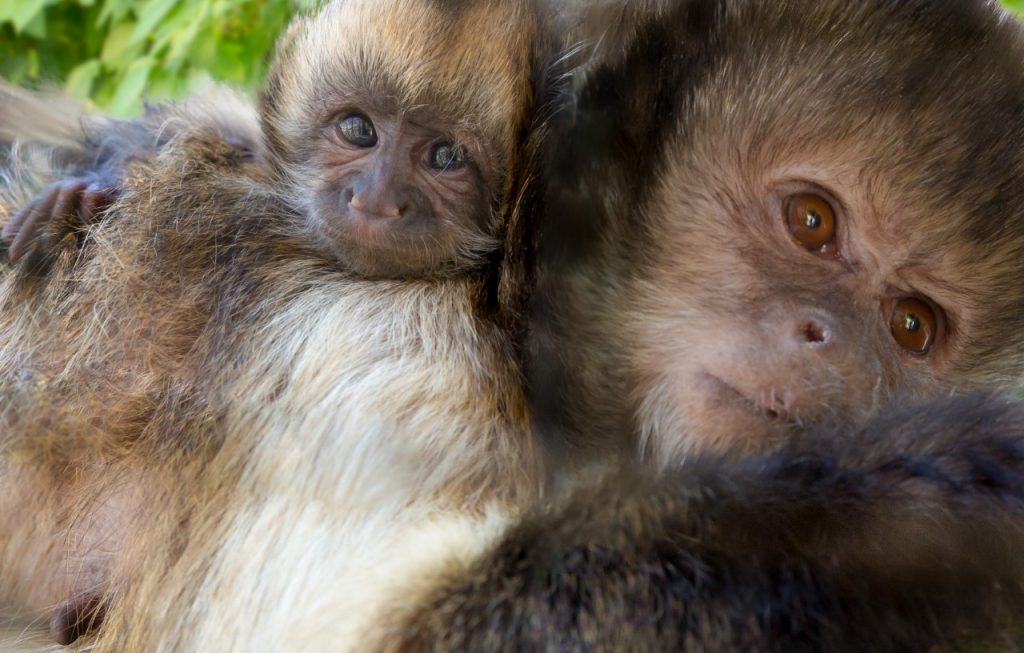Browse species preference and palatability of Colobus guereza kikuyuensis at the Denver Zoological Gardens
Citation
Kirschner AC, Putnam LA, Calvin AA, Irlbeck NA. 1999. Browse species preference and palatability of Colobus guereza kikuyuensis at the Denver Zoological Gardens. In Proceedings of the Third Conference on Zoo and Wildlife Nutrition, AZA Nutrition Advisory Group, Columbus, OH.
Abstract
In the wild, folivorous primates have access to leaves of many different species. At the Denver Zoological Gardens (DZG), in Denver, Colorado, Colobus guereza kikuyuensis primates consume most vegetation presented to them, thus maintenance of vegetation in an animal exhibit is challenging. It is observed that insufficient browse often results in behavior concerns such as pacing or lack of mental stimulation. Therefore, regular addition of preferred and palatable browse may strengthen natural wild behavior and decrease habitual stereotypical captive behaviors. Palatability can play a role in the determination of browse preferences. Palatability can be defined as those plant characteristics stimulating an animal’s selective response. The objective of this study was to examine the preferences of three adult (1 male, 2 female) Colobus guereza kikuyuensis monkeys for browse species commonly found at DZG. Five representative samples of browse were selected: Salix irrorata; Carnus alba ‘Bud’s Yellow’; Salix discolor; Alnus tenuifolia; and Betula occidentalis. Using paired preferences, plant selection by each primate was ranked and analyzed using SAS* statistical software, employing the Bradley-Terry categorical model. When comparing these species at DZG, Alnus tenuifolia was selected most often as the first or second choice among the three primates, whereas, Salix irrorata tended to be least popular. The primates as a group preferred low amounts of NDF, ADF, and ADL in the browse. However the most preferred plant, Alnus tenuifolia, did contain high amounts of NDF, ADF, and ADL, and in our opinion, this shows a preference for taste alone since the DZG diet is thought to meet all known nutrient needs of the Colobus. Knowledge of palatability and preference of browse species allows for informed decisions to be made providing a more palatable and preferred nutritive supplement for captive leaf monkeys, and may alleviate behavioral concerns. Thus, a preference study, demonstrating natural folivorous tendencies and preference for browse, is warranted, and may lead to future palatability studies of browse.
 6_KIRSCHNE.pdf 176 KB
6_KIRSCHNE.pdf 176 KB




